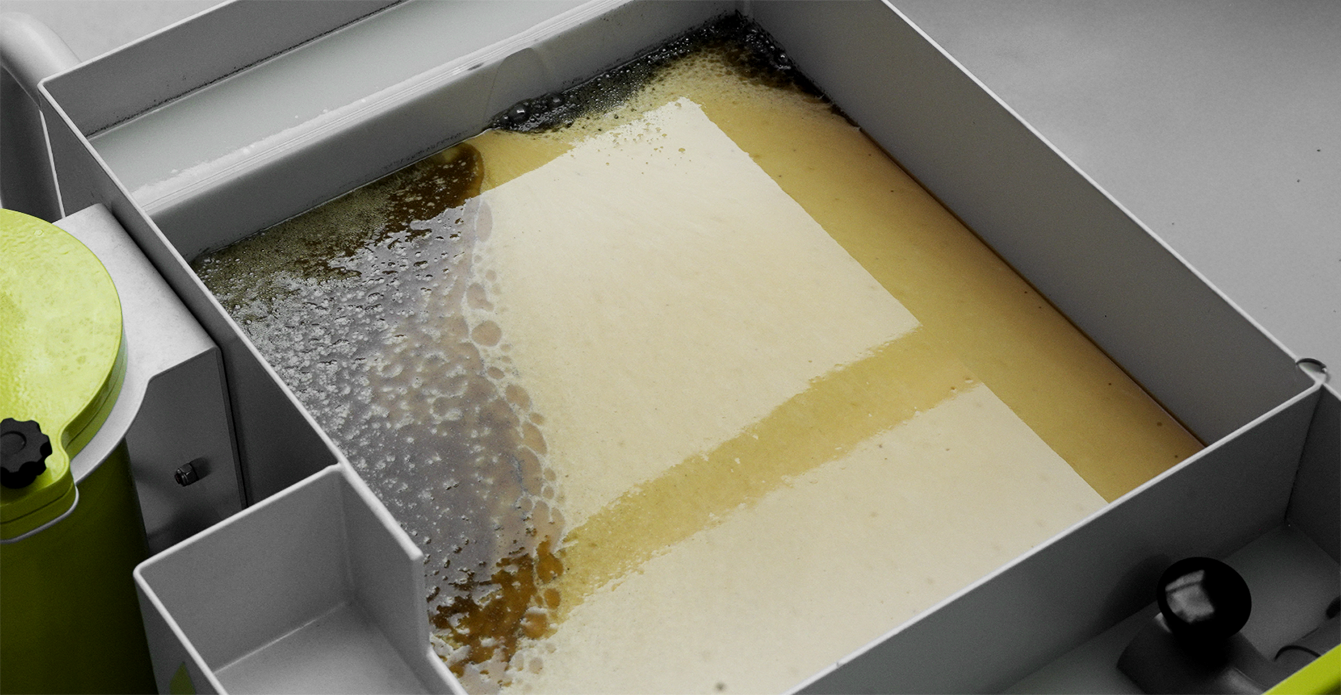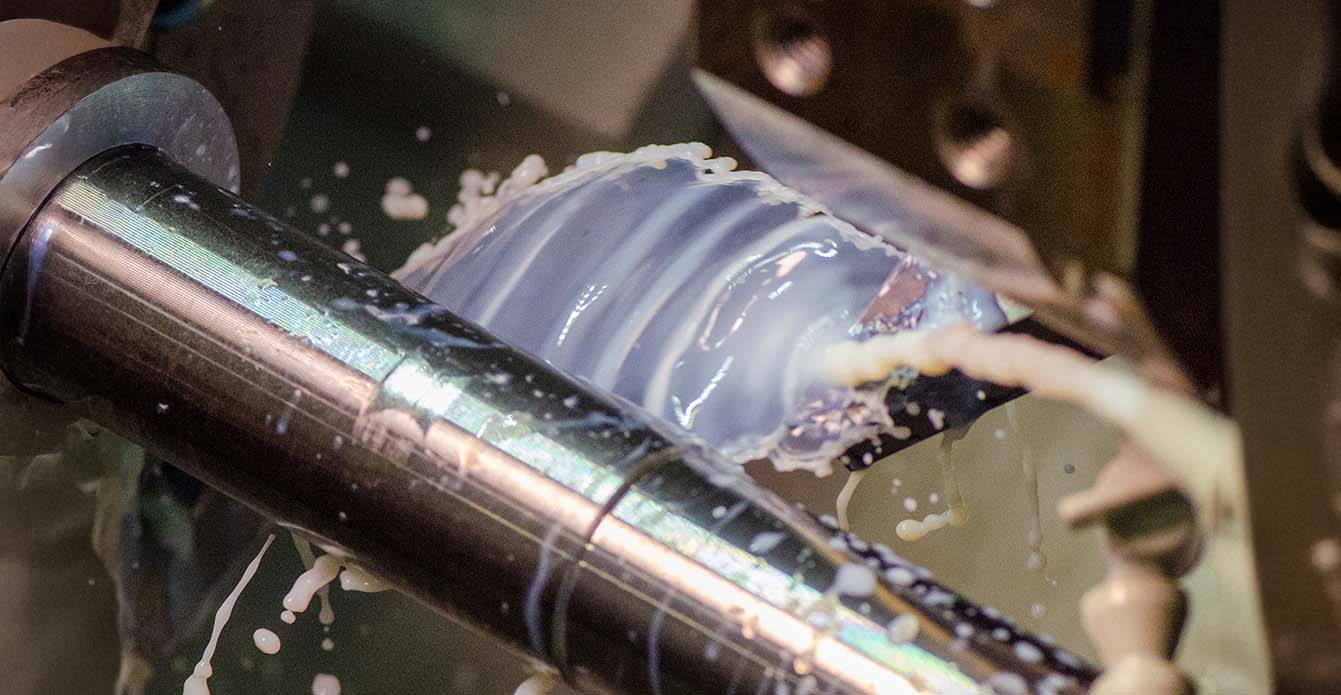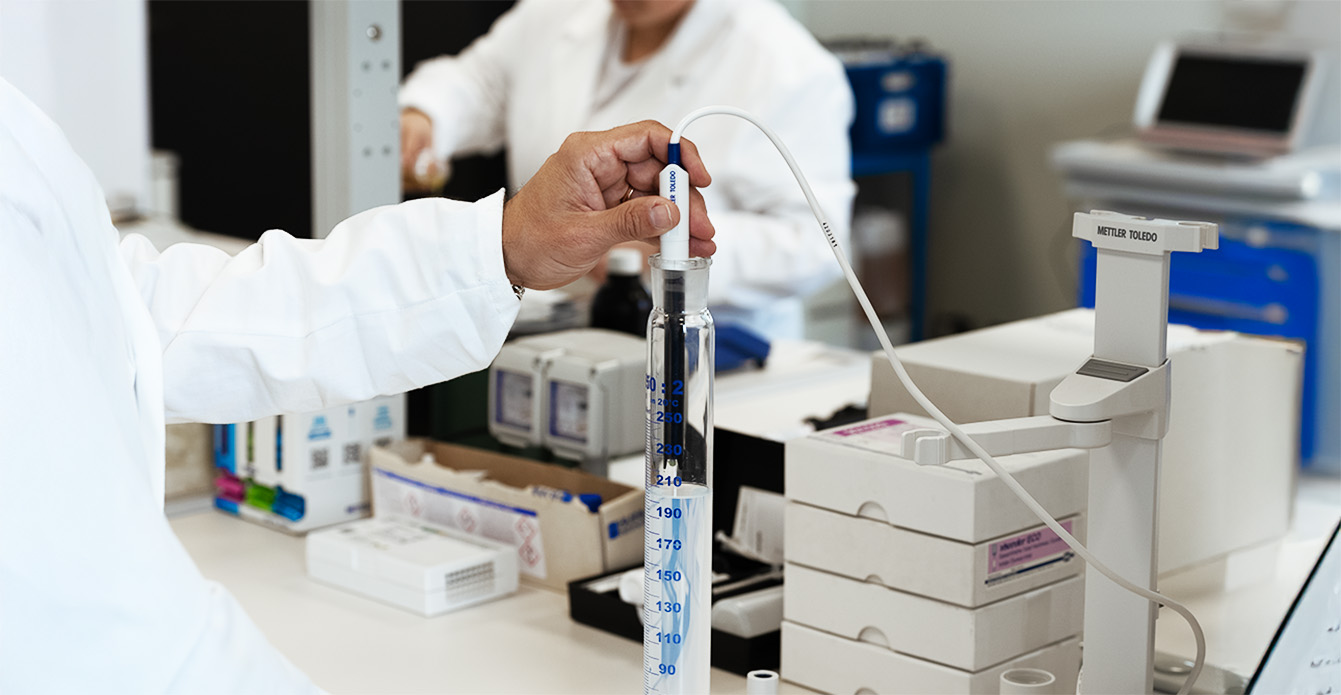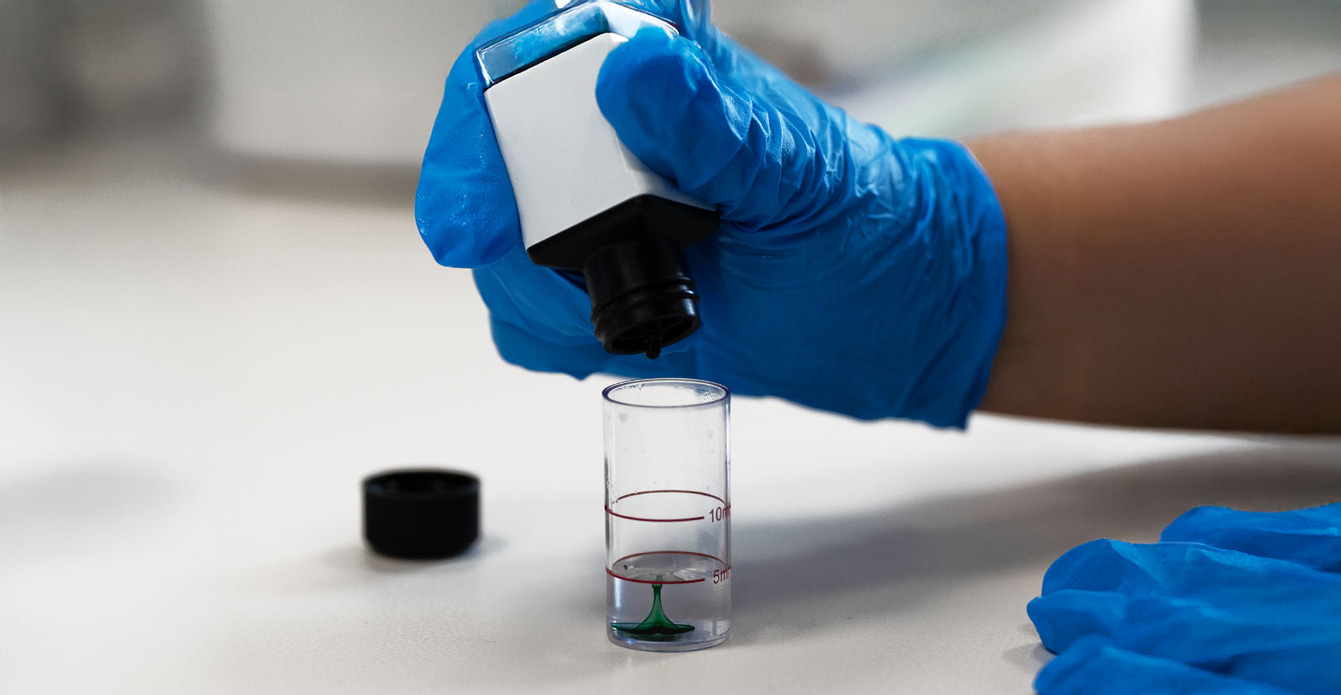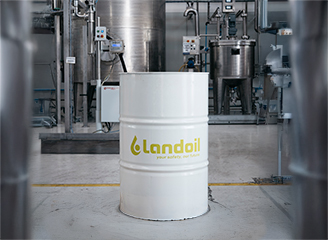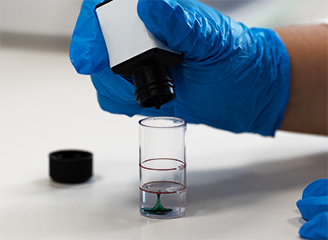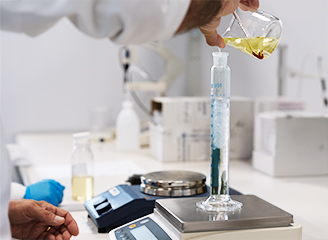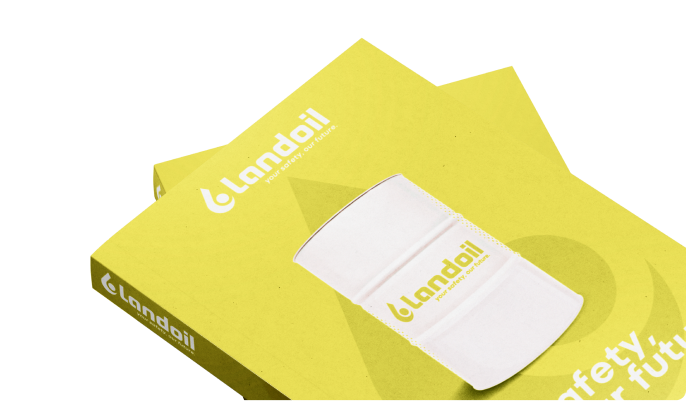With the summer period approaching, many production facilities plan temporary closures—whether for routine servicing, a slowdown in orders, or team holidays. While shutting down equipment is standard procedure, failing to look after your machine tool sumps can result in significant problems once operations resume.
Preparing the sump doesn’t take much effort, but it’s an essential part of a successful shutdown strategy. Here’s how to carry it out properly.
Why it’s crucial to prepare sumps
During normal operation, machine sumps accumulate metalworking fluids, swarf and various residues. If left untouched for several weeks, these can lead to:
- Bacterial development and unpleasant smells
- Corrosion and oxidation of internal components
- Coolant breakdown and phase instability
- Reduced fluid performance and possible skin irritants for staff
By taking preventive measures before switching everything off, you’ll preserve fluid condition, reduce maintenance time, and ease the return to full production.
Five practical steps to prepare sumps before shutdown
Remove surface oil
Deploy an oil or belt skimmer to extract tramp oil from the surface. This contaminant encourages microbial activity and contributes to fluid deterioration.
Eliminate solid waste
Clear out as much swarf, sludge, and debris from the sump as possible. Solid contaminants provide a breeding ground for microbes and may obstruct the system during restart.
Refill and adjust coolant levels
Check coolant concentration and, if needed, top up with correctly diluted fluid. A concentration at the higher end of the recommended range helps maintain pH levels and inhibits microbial growth over the shutdown period.
Use a biocide or antimicrobial additive (optional)
If the system will be idle for more than a week, or if ambient conditions are particularly warm and humid, adding a biocide compatible with your coolant can help control bacterial activity. Always consult your fluid supplier’s guidance.
Cover the sump
If feasible, protect the sump using a breathable cover—such as a mesh or loosely placed lid. This limits evaporation while still allowing ventilation, helping prevent condensation and anaerobic environments.
Starting back up: what to check
- Examine the fluid condition before powering the machine—look for bad odours, unusual colour or separation
- Measure and correct the coolant’s pH and concentration if necessary
- Allow the system to circulate for 15 to 30 minutes before running production to reoxygenate and homogenise the fluid
Good preparation brings big benefits
Taking time to prepare your sumps before the summer break can save significant time, costs, and avoidable frustration. It also extends the effective life of your metalworking fluids and makes for a smoother restart when production picks up again.
